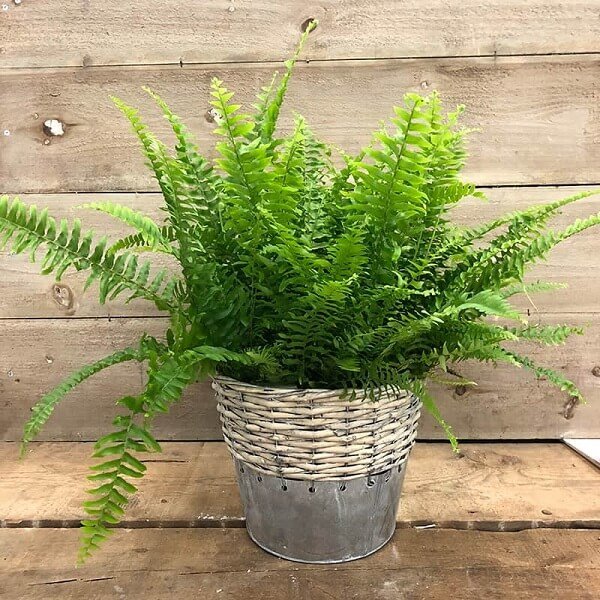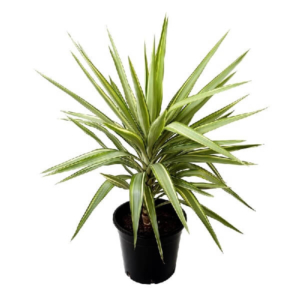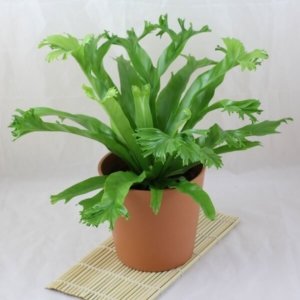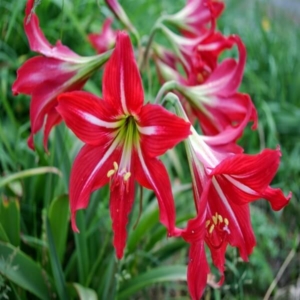Nephrolepis Exaltata Teddy Junior (Green) – Plant
Fern, Plant Classification: Tracheophytes [Credit: Encyclopædia Britannica, Inc.]tree fern [Credit: Copyright John Shaw/Bruce Coleman Inc.]any of several nonflowering vascular plants that possess true roots, stems, and complex leaves and that reproduce by spores. They belong to the lower vascular plant division Pteridophyta, having leaves usually with branching vein systems; the young leaves usually unroll from a tight fiddlehead, or crozier. The number of fern species is about 9,000, but estimates have ranged to as high as 15,000, the number varying because certain groups are as yet poorly studied and because new species are still being found in unexplored tropical areas. The ferns constitute an ancient division of vascular plants, some of them as old as the Carboniferous Period (beginning about 359 million years ago) and perhaps older. Their type of life cycle, dependent upon spores for dispersal, long preceded the seed-plant life cycle.
Where do they grow?
Ferns are typically found in moist, forested areas because they require lots of water. Ferns are abundant in all damp situations in New Zealand forests, forming the undergrowth beneath a dense canopy of evergreen trees. They are also found growing on tree trunks and branches and along stream banks. Some hardy species have adapted to other drier habitats such as coastal, alpine, urban and even desert locations.
Tree ferns are some of the most distinctive features of our forests. They occur in all forest types and are most plentiful in cut-over and degraded forests, where light levels are relatively high. They also appear in older plantations of exotic trees that are relatively open.
Visit Us
No. 287, 8th Avenue, Seashore Town ,
SH 49, Near Bharat Petrol Bunk,
Panaiyur, Chennai – 600119.








Reviews
There are no reviews yet.